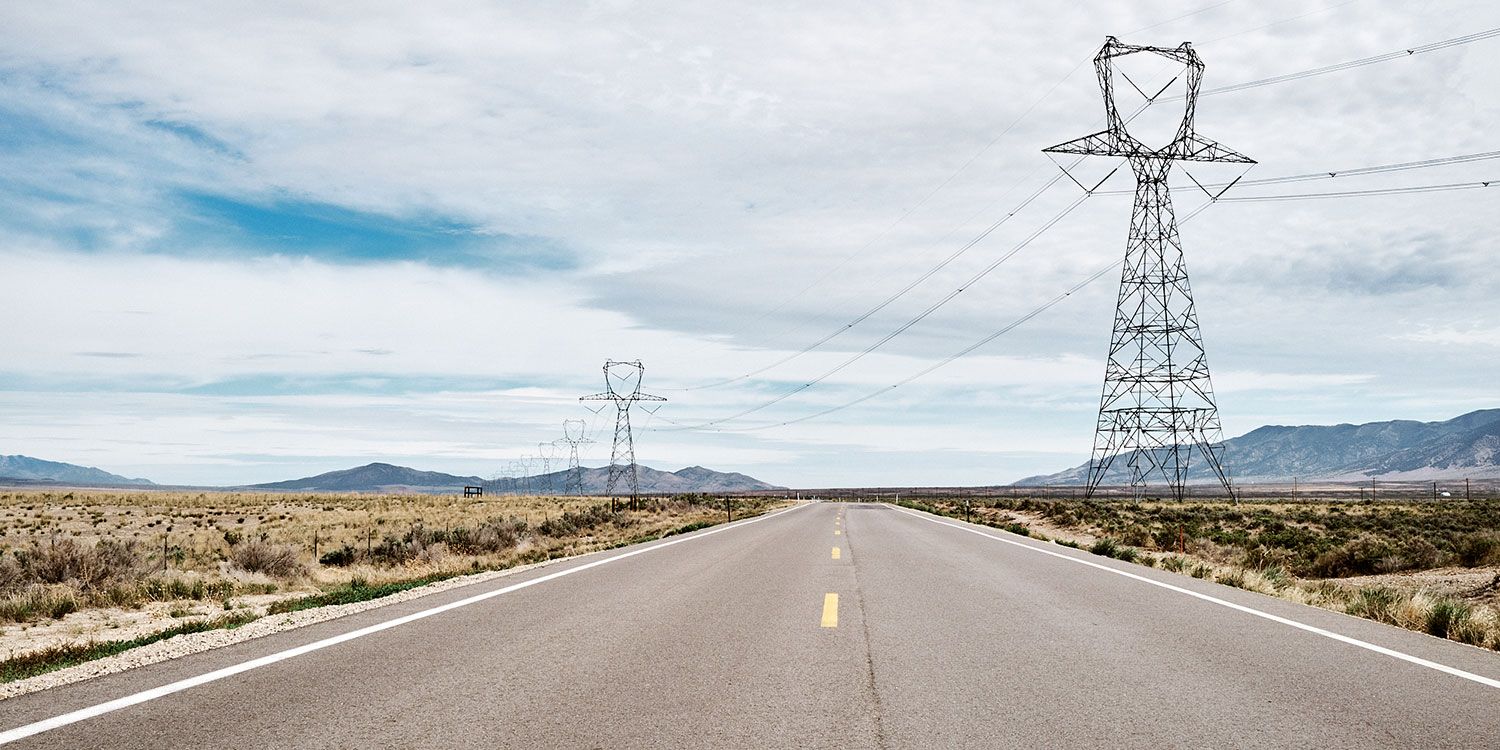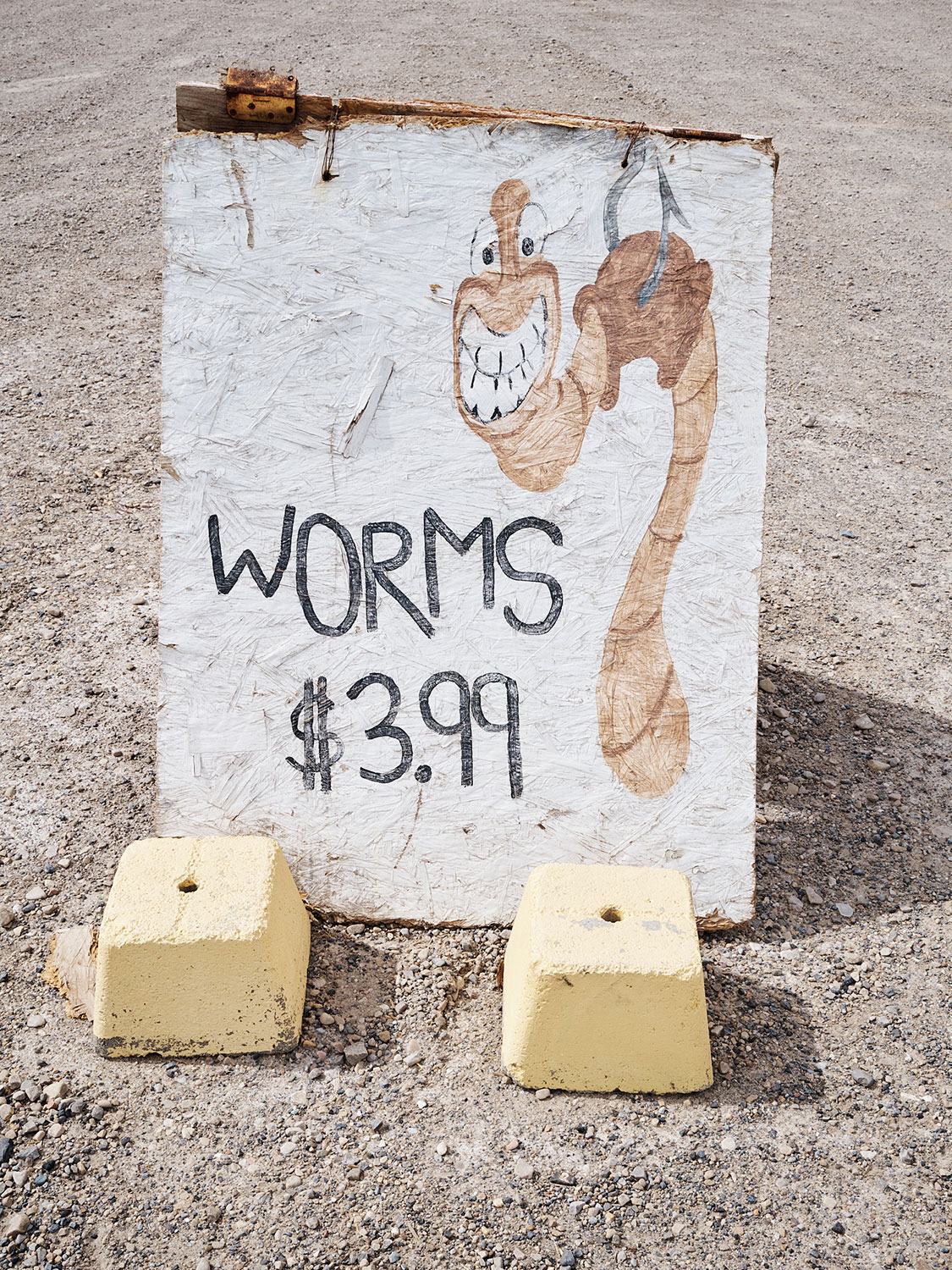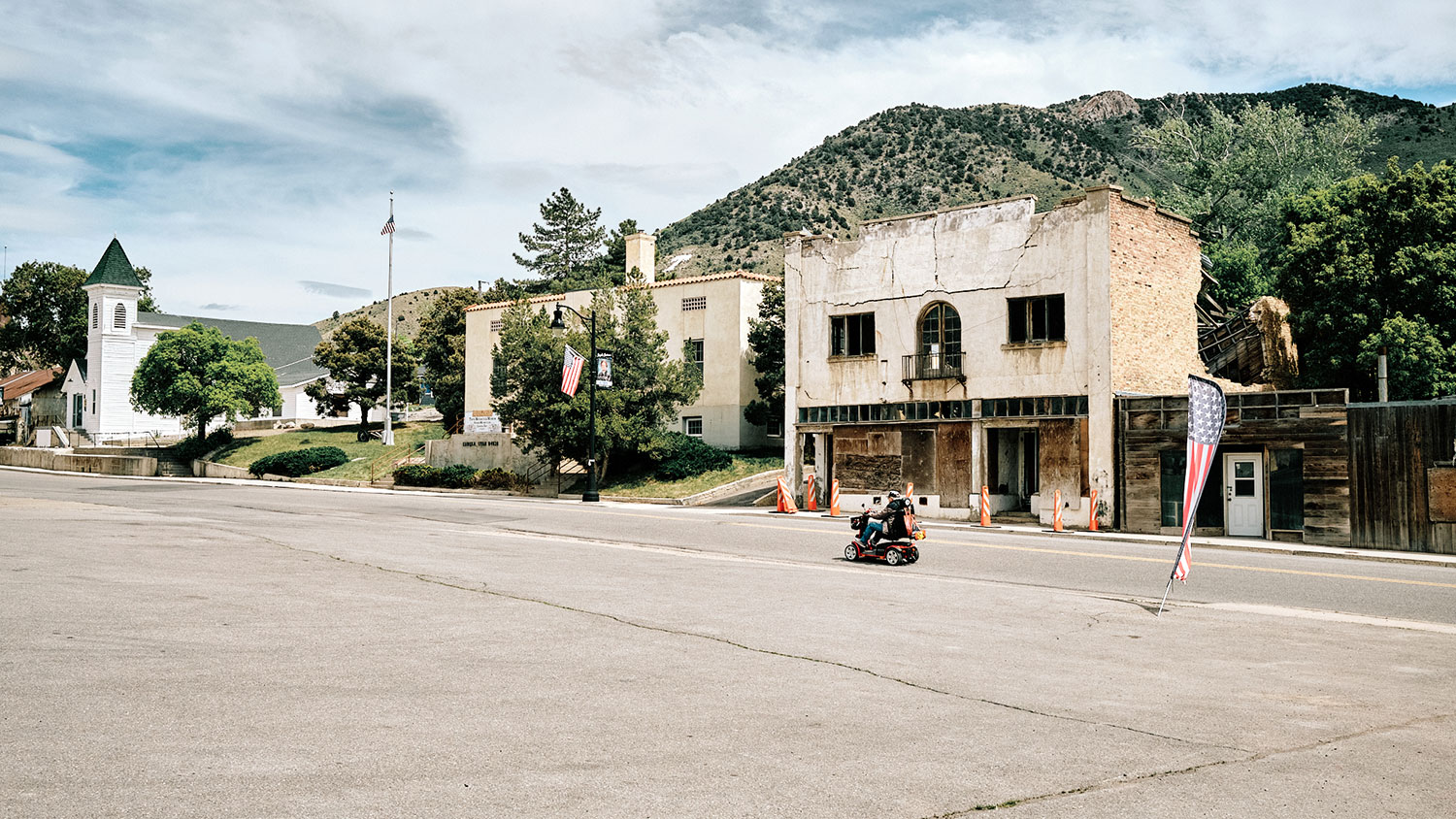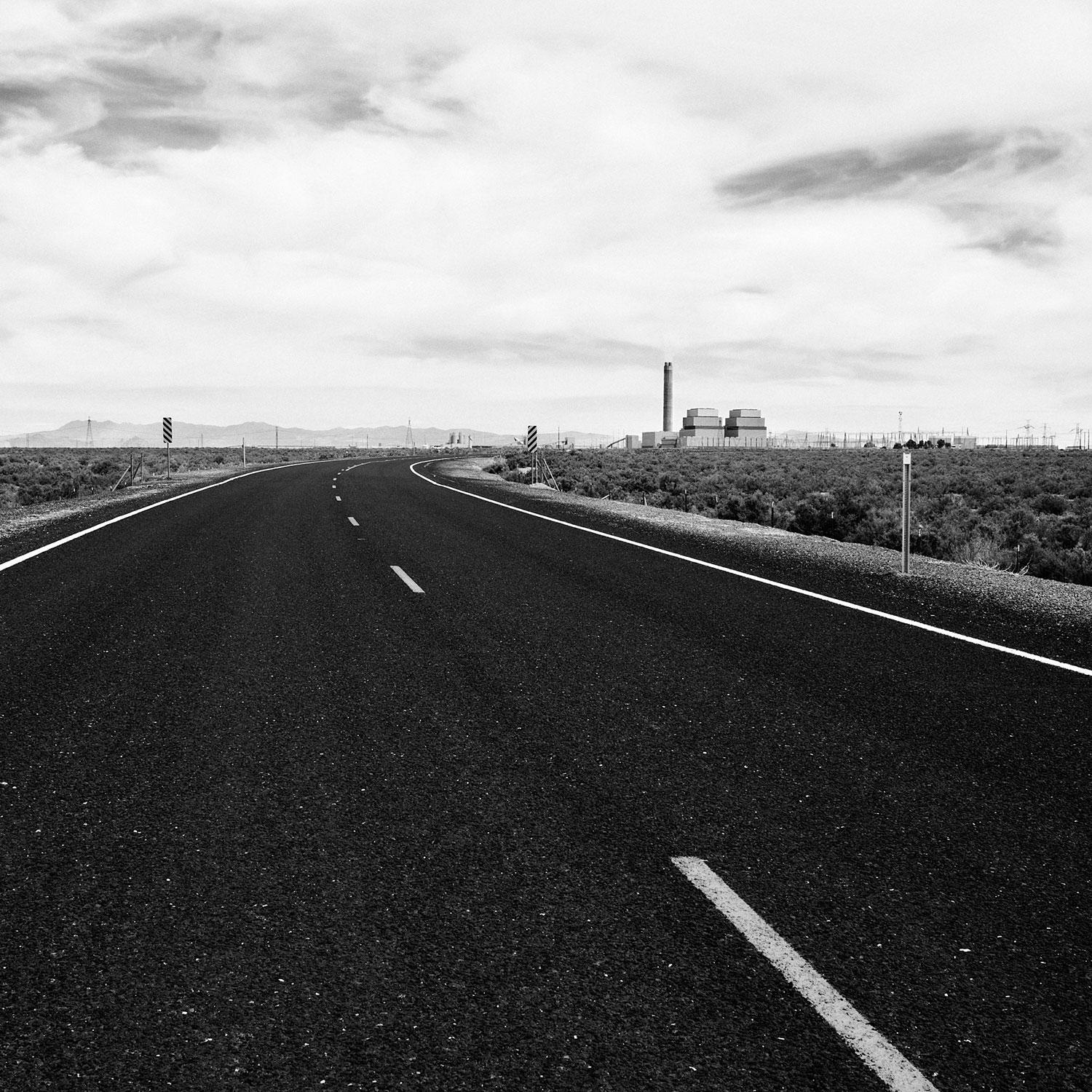Escaping Covid lockdown in the Utah Desert with the X100V
On Thursday March 12th I got the call from my local camera shop: my new, black, Fujifilm X100V — which I had pre-ordered months ago — was finally here. The night before, the Utah Jazz’s Rudy Gobert had tested positive for Coronavirus causing the NBA to shut down, and the whole country to start taking the pandemic seriously.
While I excitedly took my lunch break to drive over and pick it up, the Governor was announcing the State’s response to the crisis. By the time I got back to the office, I was called in to a company meeting and then sent to work from home. The lockdown was beginning.
Salt Lake City is a difficult city for street photography in more normal times; it doesn’t have the bustling sidewalks of San Francisco’s Chinatown, the dynamic lighting of New York’s steel canyons, or the nightlife of Tokyo’s Shibuya. Often when I spot a subject, we’re the only ones out on the street. The inconspicuous nature of the X100 series makes it a perfect tool for street photography in a city that’s not all that busy.
But in the era of Covid-19, street photography became, and still is, nearly impossible. So, I sat inside for months with my brand-new camera. Sure, I took photos of my fiancée and our dog. I ventured out a few times and snapped photos while on my daily walks. But after a few months I still hadn’t had the opportunity to put the X100V through its paces, and I was dying to make some photos.
I was also, going absolutely stir-crazy spending all day in our 2-bedroom apartment. So, the Tuesday following Memorial Day in the US, I decided to take the day off from work and get in my car with my X100V, a few spare batteries, my mask, a full tank of gas… and just drive into the Utah desert.
My goal was simple, I plotted out a route that took me in a large loop through the deserts of western Utah, and I would stop whenever I felt like there was a photo to be made. If I thought there might be something down a side road, I’d explore it. I would keep my distance from people, wear my mask if in a town, and follow my own creative instincts.
This isn’t the part of the state that includes Moab and Arches, red rock and beautiful canyons. It’s not the places you see on postcards or at the beginning of an Indiana Jones movies. It’s a desolate place, off the interstate system, checkered with small towns. I started early, making it out past Tooele and onto the desert roads early. My first stop was a small town called Stockton. It was early enough that the light still had that late morning softness.
The town was as small as they come, mostly consisting of a small post office, a memorial, and a single gas station. I walked up the entire length of the town in just a few minutes — I didn’t see a single soul. How much of this was due to the pandemic, and how much of that was the size of the town? I admittedly was hoping for a bit of small-town charm, but what few stores there were on the main street were closed, most of them for good.
So I took off into the desert again. Several times I stopped to take photos of the landscape. I’m not really a landscape photographer, but after driving dozens of miles without even seeing other cars, you start to see the beauty in the desolation. The towering powerlines are the one consistent feature, as much as you try and escape civilization, you seem to come on them again and again, stretching out for miles and dominating the landscape.
In the desert, terrain landmarks come up on you very slowly, then all at once. An abandoned and graffitied grain silo 30 miles from any town. A massive power plant that rises from the sand. Abandoned gas stations that according to their posted hours should be open — but aren’t. While I encountered evidence of civilization, signs of life were few and far between, a cow here, a goat there, maybe a passing car.
My end destination before the return trip was a town called Delta. Once the site of a Japanese Internment camp, Delta now houses a museum dedicated to that atrocity. I arrived in the town after lunch time and found an open mom and pop burger stand with a working drive through.
I ate lunch in my car in the parking lot of the town’s central park, then walked the main street where the specter of covid-19 still lingered. The museum was closed due to the pandemic. A few restaurants seemed open but empty. Oddly the town’s small motel boasted a hand-written “no vacancy” sign. The facades of the town’s businesses remained, but many of them seemed boarded up.
I didn’t linger long in Delta. I thought I’d find a charming small town, an outpost in the desert that Covid hadn’t scorched. Instead, I found a dying town, full of empty businesses. On the way out I thought I’d stop at the McDonalds, the town’s principal sign of modernity, to go through the drive through for a drink. There were twenty cars in line, so I moved on.
I headed back retracing my steps before splitting off and coming up through the southern part of Utah County. I had lingered too long in the desert making landscapes and my time was running short, so I almost didn’t stop in the small mining town of Eureka.
I was almost all the way through when I turned around, parked, and walked the main street. I spoke with an old man inside his workshop, a dog was bathing in the sun, some men realizing the town restaurant was closed told me “it’s a good thing we live in a town with two restaurants” and went on their way.
I didn’t stay long, but I made a note to return to Eureka one day when I had more time and its museums and shops were open. I probably won’t. But I’d like to.
When I returned home I marveled at the results my X100V gave me. The lens is undoubtedly sharper than the previous generations, it’s autofocus snappier, the flip screen is great, et al. But what was more impressive, and unchanged from previous versions, was the inspiration the camera gave me.
It’s the perfect road trip camera. It sits quietly on the passenger seat, and when you get out of the car you don’t even have to think about it. It’s there when you need it, the perfect documentarian. On a single day, I used it for landscapes, still life, street photography, and street portraits. I took black and white and color, photos meticulously composed and ones that I fired off out the car window while I sped by.
The camera never got in my way and accomplished each task admirably. If and when I get the chance to explore the desert towns again, I’m confident the X100V will be the camera I take with me.

“I’m a wedding, portrait, documentary, and street photographer previously based in Salt Lake City, Utah and as of Fall 2020 based in Seattle, Washington, where I live with my wife and sheepadoodle puppy. I enjoy shooting a hybrid of film and digital, and my biggest passion is long term documentary projects, which I look forward to continuing once travel is safe again. After using both Nikon and Sony Full-Frame cameras, I fell in love with the Fuji X system when I picked up an X100F, and eventually transitioned completely to Fujifilm.”































Albert Smith
January 5, 2021 @ 4:07 pm
Terrific photos. I lived in Utah for several years back in the ’90s, and coming from Florida the geography and topography were stunning to me. If Utah doesn’t inspire you to grab a camera and get out, then find a new hobby.
You certainly make that single lens camera work for you. Thanks for sharing.
Fabrizio Gandini
January 6, 2021 @ 4:20 pm
Cool journey, beautiful photos, congratulations.
Alain van Hille
January 6, 2021 @ 6:08 pm
Remarquable pictures. Full of atmosphere and talent.
Michael Badalamenti
January 6, 2021 @ 6:28 pm
These are a very nice set of photos. I am always amazed at those who can use the 23mm focal length for such a wide variety of subjects. Nicely done.
Bas Thijssen
January 9, 2021 @ 10:26 am
Really nice. What did you do in post? And what profile did you use?
Grtz from Holland
Brian
January 9, 2021 @ 2:40 pm
Thanks for the engaging shots of the landscape, the people, and the small towns. Your composition makes the emptiness engaging. The shots remind me fondly of two years I lived in northern Utah. Thanks for the real-world impressions of the X100V.
Khurt Williams
January 13, 2021 @ 2:27 am
Thanks for sharing the tale of your one day road trip, Ben. I especially love that photo of the super tiny BBQ House.
The town of Eureka, Utah bears no resemblance to the town in the SyFy television show. 😁
Jim Jarman
January 27, 2021 @ 9:59 pm
I’ve spent a lot of time in red rock Utah. You give an amazing glimpse into another side. Rural street photography at its best.
Travis
March 3, 2021 @ 1:31 pm
Hi Ben!
I’m new to the Fujifilm system and just picked up an X100V. Looking around online, I came across this article and I was floored by the colours – in particular, the wide shot of the gas station and the one of “Hunsaker’s Lazy H Jerky”.
Did you shoot those as RAW and edit after or as JPEG and those are the files SOOC? If those are the JPEGS, what settings or recipe do you use? I love the natural looking colours without looking like a digital photo too too much.
Any help or direction is greatly appreciated. Thank you,